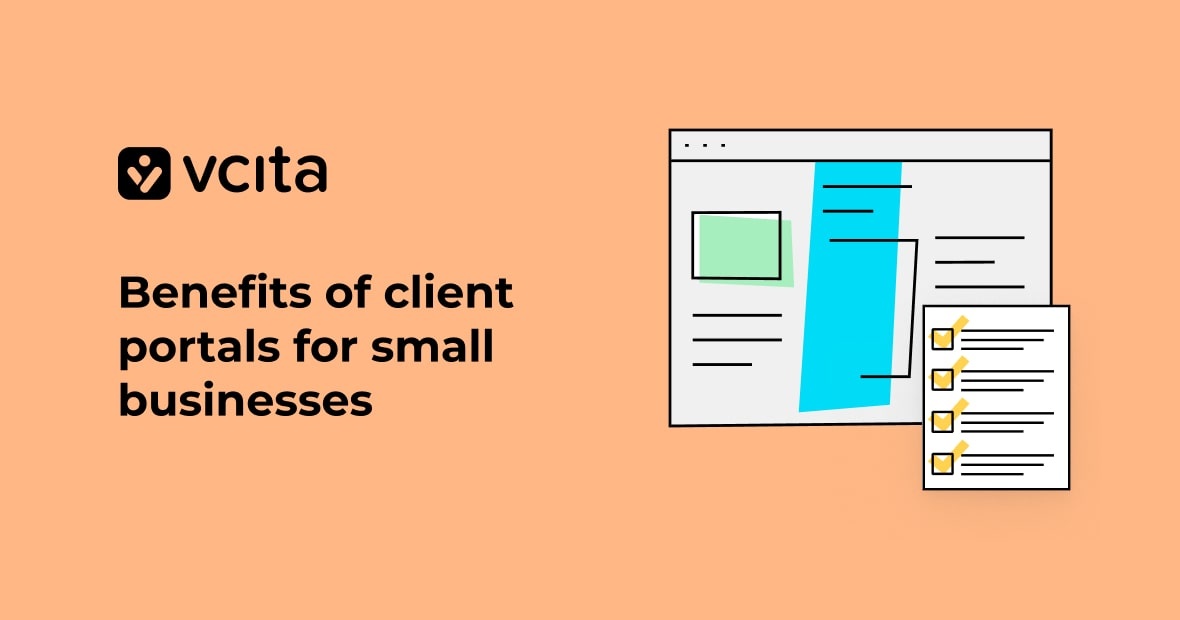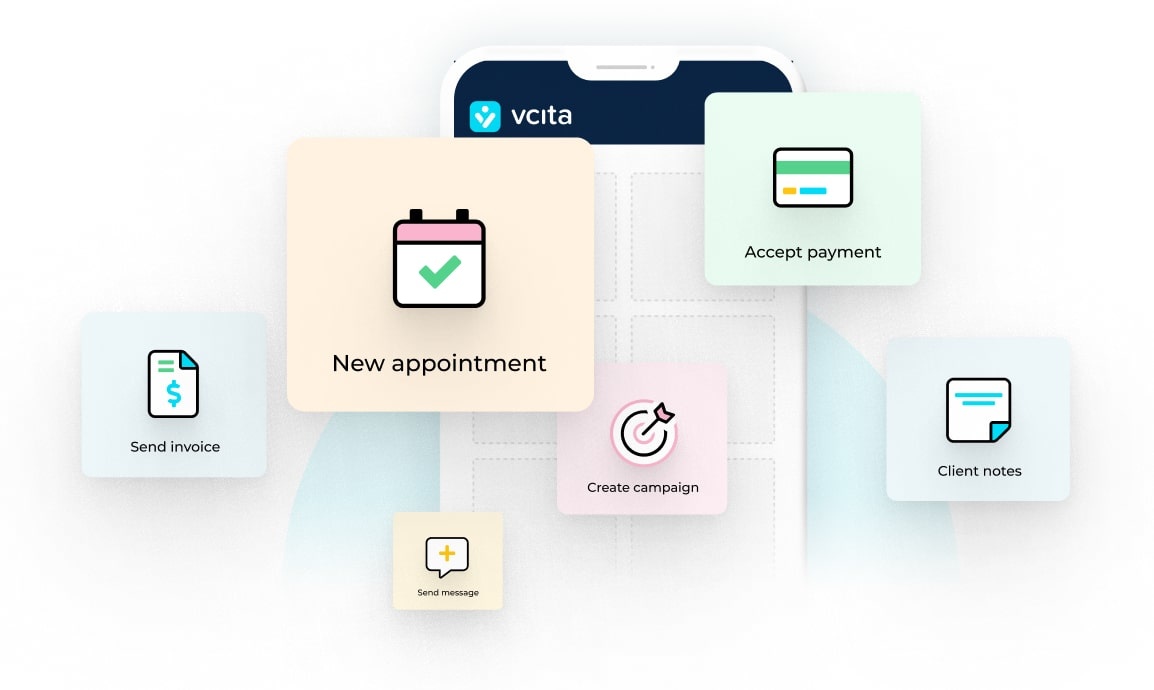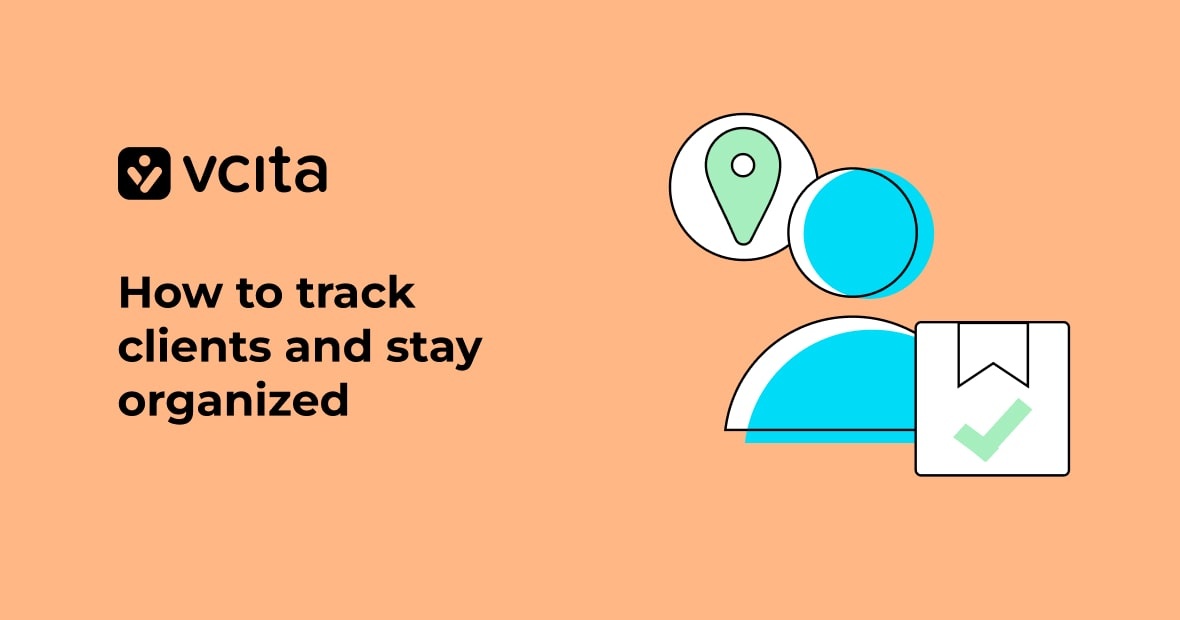Small business owners wear many hats, juggling tasks that range from managing daily operations to nurturing client relationships. Implementing a client portal can significantly ease these burdens, enhance productivity, and improve customer satisfaction. But what exactly is a client portal, and why should your small business consider one? Let’s dive in.
TL;DR: Client portals streamline client communication, automate administrative tasks, secure sensitive data, and improve client satisfaction, making them a crucial tool for small businesses.
Key takeaways
- Client portals improve customer experience by offering a central place for communication and transactions.
- Portals automate administrative tasks, reducing manual work and human error.
- Data security improves significantly with encrypted and secure client portals.
- Business owners benefit from improved productivity and more focused client engagement.
- vcita provides easy-to-use client portals tailored for small businesses.
What is a client portal and why does my business need one?
A client portal is a secure digital platform designed to facilitate interactions between your business and your clients. It centralizes tasks, messages, payments, scheduling, and file sharing, simplifying the client experience and administrative management.
Common pain points that small businesses face
Small service-based businesses frequently have to deal with:
- Excessive administrative work: Manually managing appointments, invoices, and follow-ups.
- Poor communication: Emails and phone calls can become overwhelming and easily fall through the cracks.
- Data security concerns: Handling sensitive client data securely can be challenging.
- Client dissatisfaction: Inconsistent communication can lead to dissatisfied clients.
A robust client portal directly addresses these issues by consolidating critical tasks into one easily accessible platform.
How do client portals improve customer satisfaction?
Client satisfaction hinges largely on seamless communication and easy transactions. Portals offer clients a single, centralized platform to:
- Schedule appointments
- Receive invoices and make payments
- Send and receive messages securely
- Access important documents anytime, anywhere
When clients have autonomy over scheduling, easy payment options, and prompt communication, satisfaction levels naturally rise.
Enhancing client relationships by increasing transparency
Transparency breeds trust. When clients have access to all relevant project updates, invoices, and communication in one place, misunderstandings reduce dramatically. This clarity strengthens your professional relationships and encourages long-term loyalty.
How can client portals boost my business productivity?
Managing your time effectively is crucial. Client portals automate tedious administrative tasks, including:
- Appointment scheduling and reminders
- Invoice generation and follow-ups
- Client onboarding procedures
When these tasks are automated, you can dedicate more time to client interaction, strategy development, and growing your business.
Reducing errors and increasing efficiency
Manual entry and traditional paperwork often result in mistakes. Client portals minimize human error by automating data entry and transaction tracking. This not only saves valuable time but also ensures accuracy in billing, scheduling, and client communication.
Do client portals keep my clients’ information secure?
One of the primary concerns for small businesses is data security. Client portals should include advanced security features like:
- Data encryption that protects sensitive client information.
- Access control that allows only authorized users to view specific data.
- Regular backups that ensure data integrity and recovery.
Using secure client portals significantly reduces the risk of data breaches and helps your business comply with data privacy regulations.
Building trust through secure data management
Clients want assurance their information is safe. Demonstrating a commitment to security by implementing an encrypted client portal increases client confidence, differentiating your business from competitors who rely on less secure methods.
Integrating client portals with existing systems
One common concern among business owners is how a new portal integrates with existing tools. Modern client portals like vcita offer seamless integration with commonly used business software, including:
- CRM systems
- Accounting software
- Email marketing platforms
This integration capability ensures smooth operations without disrupting your existing processes.
Streamlining workflows with built-in integration
Simple native integration for all your business tools significantly improves workflow efficiency by ensuring data consistency across platforms. It eliminates the need for manual data transfer, thus reducing errors and saving time.
Measuring success: analytics and reporting in client portals
Another advantage of client portals is the ability to track and analyze key business metrics. Client portals like vcita provide analytics on:
- Client engagement rates
- Payment delays and timeliness
- Appointment patterns
These insights help you identify opportunities for improvement and growth.
Using analytics to enhance decision-making
Data-driven decisions are essential for growing businesses. By leveraging the analytics provided by your client portal, you can better understand client behaviors and preferences, tailor your services accordingly, and improve overall business performance.
How vcita’s client portal helps small businesses thrive
vcita’s client portal is designed specifically to meet the needs of small service-based businesses, providing practical, user-friendly tools to address common challenges.
Simplified scheduling and reminders
vcita streamlines appointment management by allowing clients to book, reschedule, or cancel appointments directly through the portal. Automated reminders reduce no-shows and ensure smooth scheduling.
Integrated billing and payment processing
vcita’s portal includes built-in invoicing and a secure payment gateway to streamline financial interactions. Clients can easily access invoices, make payments online, and review transaction history, facilitating prompt payments and healthier cash flow.
Effortless communication and file sharing
vcita’s client portal enables instant messaging, secure document sharing, and easy access to important information, enhancing clarity and responsiveness in client interactions.
Robust security and data protection
Built with top-tier security protocols, vcita ensures that all client data remains encrypted and secure. Regular backups and restricted access maintain data integrity and compliance with privacy standards.
Customizable to your business needs
Every small business has unique workflows. vcita allows for customizable portal settings to reflect your brand identity and operational preferences, ensuring the tool feels like a natural extension of your business.
Client portals give small businesses a strategic advantage
Client portals are more than just digital tools; they unlock a strategic advantage for small businesses by enhancing client satisfaction, boosting productivity, ensuring data security, and streamlining administrative tasks.
Frequently Asked Questions about client portals
How do I set up a client portal for my business?
Setting up a client portal is straightforward with vcita. Simply sign up, configure your business details, customize your portal layout, and start inviting clients.
Can I customize the client portal to match my brand?
Absolutely. With vcita, branding your portal is simple. Add your logo, brand colors, and customized messaging to maintain consistency with your company’s image.
Is a client portal suitable for all types of small businesses?
While most small businesses can benefit from client portals, service-based businesses see the most immediate improvement due to the nature of scheduling, invoicing, and client communication best practices.
How do client portals reduce administrative work?
Automation within client portals reduces the time spent on repetitive tasks like scheduling reminders, invoice generation, payment processing, and client onboarding.




























